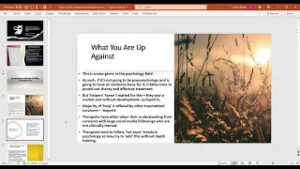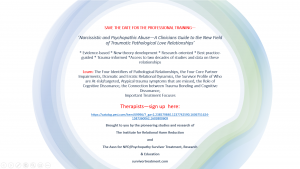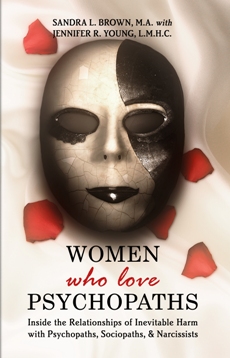For the New Year, the month of January we have been discussing recovery and finding your path to emotional wellness from Pathological Love Relationships in 2010.
When women get mild relief from the unrelenting symptoms of the aftermath with a pathological, it can be palatable to them. The relief from intrusive thoughts, obsessions, PTSD, poor sleep, hyper-vigilance, or any other problematic symptom can feel ‘healing’ to them. But it doesn’t always mean they ARE healed.
Over and over again, I have learned how damaging, how unrelenting the aftermath is from pathological relationships.
For some women, it reaches all the way back to childhood with pathological parents. For others, however, it has been only in their intimate relationships during adulthood yet has left its distinguished mark.
Mild relief can often be mistaken for recovery. Recovery is a life long journey of self care. Recovery can begin at the moment you recognize the damage done to you by pathologicals but it doesn’t end with a counselor or a group. For many women, the symptoms have crept into their worldview, how they see others, their environment, and themselves.
Weekly, I learn again and again as I meet with women that the damage is widespread. This isn’t a quick fix or often even a quick treatment. While her mild relief of symptoms instills relief or hope, it isn’t the end of her recovery journey. It’s the beginning.
Like peeling an onion, each layer shows a level of damage that needs care. All the way down to the core are layers of unperceived and unrecognized aftermath symptoms. At the core are boundary issues–those necessary limits that show someone understands what’s hers, someone else’s, or God’s. From the center of boundaries are developed gates which serve as limits saying what one will tolerate and will not tolerate.
Boundaries are the bedrock of all recovery. Anything that is built will be built from the issue of healthy or unhealthy boundaries. Many women don’t realize that pathologicals target women with poor boundaries.
They test it out early in the relationship and when small violations are not managed, they proceed on with bigger violations. Every violation is a green light. Boundaries are the first step in recovery.
In other layers of the onion lays hyper-vigilance issues. High harm avoidance from PTSD weaves a level of distrust in new environments, people, and situations. It affects fear of the future and even fear of now.
Another layer of the onion is communication–the ability to listen in the midst of upset. Since pathologicals have skewed communication, this area is often seriously affected. Long term exposure to pathologicals produces the same type of skewed communication patterns and linguistics in women who have normalized abnormal behavior.
A layer of emotional regulation is most assuredly part of the aftermath–anxiety, depression, irritability, the overflow of pent up emotions and the inability to control the emotions.
Layer after layer are aftermath symptoms that must be peeled and treated in recovery. Everyone knows how many layers are in an onion. While it may be disconcerting to see all those layers, the layers are translucent and show the wounding on each level that recovery must touch.
Women who have begun recovery may be surprised at what feels like the un-ending layers of the onion and wonder when they will reach the core. A mild relief from anxiety or sleeplessness is welcomed but should not be viewed as more than it is. Reaching to the core is deep work and should be respected for the lengthy process it is likely to be. What other choice is there?
Whether you begin at the core with boundaries, or start at the outer edge with symptom management and work into the onion core, allow the process because there is not healing without it.
We must never underestimate the damage done by pathologicals at a deep emotional and even spiritual level.






